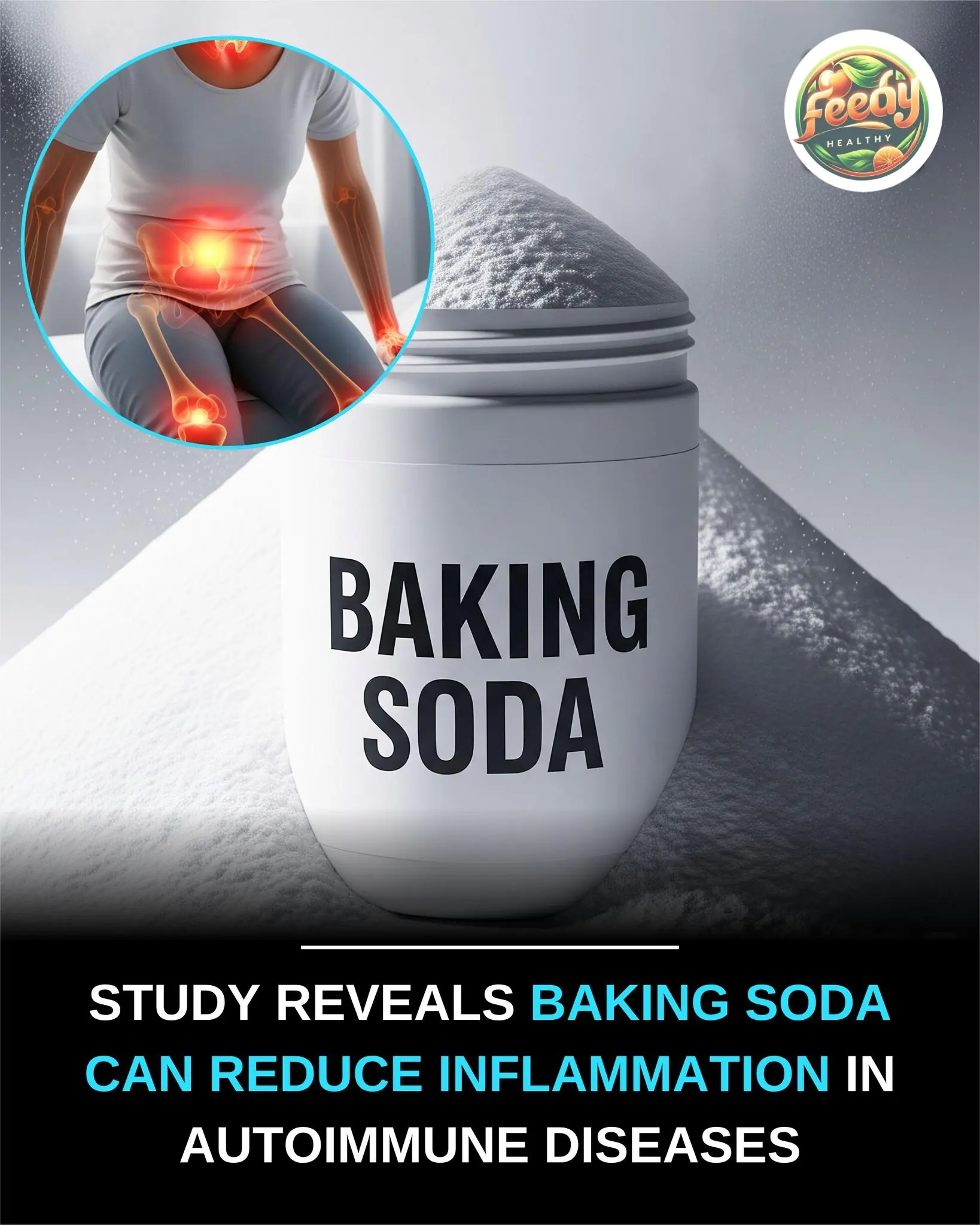
Many people mistake nasopharyngeal cancer for tonsillitis: Doctor explains how to tell them apart through associated symptoms
At first, everyone thinks it’s just tonsillitis — nothing serious — so they simply gargle with salt water or buy some over-the-counter meds. But it doesn’t go away. It gets worse. So they go to the hospital, and the doctor says: “It’s cancer — and the signs were clear.” Fortunately, it hasn't progressed to the terminal stage or metastasized. If it had, things would be much harder. That’s why I’m sharing the differences below — if you notice these signs, don’t hesitate. Go get checked.
🔍 How to distinguish nasopharyngeal cancer from tonsillitis based on symptoms:
Tonsillitis:
-
In cases of purulent tonsillitis, there will be pus on the tonsils; otherwise, the tonsils just appear swollen.
-
Because of the swelling, patients feel throat discomfort and sharp pain when swallowing or speaking. In severe cases, pain persists even without movement.
-
Pain may radiate to the ears, and swollen lymph nodes may appear near the jawline. These are usually tender and movable, and disappear once the infection clears.
-
Increased saliva production.
-
Often appears alongside fever.
-
Jaw swelling.
Nasopharyngeal Cancer:
-
Early stages: Patients experience dull, intermittent pain that may spread to both ears, along with ear fullness, nasal congestion, and swollen lymph nodes near the jaw. These symptoms resemble tonsillitis, but the cancer-related pain is milder. The nasal discharge may contain pus and blood.
-
The throat does not appear red or swollen, and no pus is present, yet the sensation of obstruction remains.
-
Sore throat and hoarseness.
-
Persistent coughing with phlegm.
-
Lymph nodes near the jaw may swell — initially small, firm, and mobile — but gradually become hard and fixed to the neck. Pain may increase as the swelling spreads to other areas.
-
In advanced stages, the patient may experience cranial nerve palsy.
📈 Progression pattern:
-
Tonsillitis develops quickly (5–7 days), usually after exposure to cold, flu, or fever. It’s uncomfortable but not dangerous.
-
Nasopharyngeal cancer also progresses rapidly, but it lasts longer and persists even after taking pain relief. The pain worsens and may be accompanied by foul breath.
👥 Affected groups:
-
Tonsillitis can occur at any age, especially in children due to weaker immune systems and poor hygiene awareness.
-
Nasopharyngeal cancer typically affects adults aged 30–50, mostly men.
🧠 Misunderstood Signs of Nasopharyngeal Cancer
Many assume that the first sign is nosebleeds. In fact, this is a common misconception. The early symptoms are much subtler and are often missed. By the time nosebleeds occur, the cancer has typically progressed.
Nasopharyngeal cancer is a malignant tumor located at the top of the throat, where the nasal passage meets the pharynx — a critical junction for breathing and swallowing. Any problem here triggers a chain reaction.
Let’s look at the four main early warning signs:
⚠️ 1. Nasal abnormalities

Initially, patients may just feel slight nasal congestion, often on one side — similar to a cold. Some may notice traces of blood in nasal mucus, usually mistaken for a dry nose or excessive nose picking. If one-sided nasal blockage persists or comes with loss of smell, seek medical attention.
⚠️ 2. Ear symptoms

The nose and ears are connected via the Eustachian tube. A tumor in the nasopharynx can block this passage, leading to hearing loss, ear fullness, or tinnitus. Some may unknowingly favor one ear when on the phone due to subtle hearing loss — a red flag for nasopharyngeal cancer.
⚠️ 3. Painless neck lumps
If a lump appears on the neck for no clear reason — not painful or itchy and movable — many might think it’s due to fatigue. But it may be a lymph node enlarged due to cancer spreading. The nasopharynx has rich lymphatic drainage, so cancer can easily spread to neck lymph nodes, forming firm, immobile lumps that grow over time. Some discover the cancer only after going to the hospital for a neck lump.
⚠️ 4. Headaches and neurological signs
Persistent headaches, especially in the back of the head, are often dismissed as stress or spinal issues. However, as tumors grow, they may invade cranial nerves, leading to double vision, facial numbness, or difficulty opening the mouth. These are critical diagnostic clues.
Note: These symptoms don’t always appear together — it depends on tumor location and direction of growth. Like different personalities, nasopharyngeal cancer presents in varied ways. Some patients mainly experience nasal symptoms, others ear-related, and some discover a neck lump first.
If these symptoms persist and do not respond to standard treatments, get checked immediately.
🧬 Why does nasopharyngeal cancer occur?
This disease can strike silently — a war without gunfire. Several risk factors include:
-
Epstein-Barr Virus (EBV): Most people are infected with EBV during their lifetime, but only a few develop cancer.
-
Genetics: A family history significantly increases the risk.
-
Environmental exposure: Industrial dust, formaldehyde, and chemical pollutants increase vulnerability.
-
Diet: Prolonged consumption of salted fish, pickled vegetables, and fermented foods (especially in southern regions) can raise cancer risk due to high nitrosamine content.
🧪 Diagnosis & Screening
Don’t panic — modern medicine offers many tools for early detection:
-
Nasal endoscopy allows doctors to examine the nasopharynx directly. If abnormalities are found, a biopsy will confirm the diagnosis.
-
EBV DNA testing via blood is a simple and effective screening method — especially useful in high-risk areas.
🩺 Treatment and Prognosis
Early detection means higher survival rates. Standard treatment includes radiation therapy, chemotherapy, and immunotherapy.
Patients diagnosed early can achieve a 5-year survival rate of over 80%. However, late-stage detection makes treatment harder and prognosis worse. It’s like fixing a leaky roof — much easier when the first drop appears than after the ceiling collapses.
🌱 Prevention Tips
-
Maintain a balanced diet: reduce smoked and preserved foods, increase fruits and vegetables.
-
Live a healthy lifestyle: avoid smoking and drinking to reduce cancer risk.
-
Improve living environment: minimize exposure to formaldehyde and ensure good ventilation in new or renovated homes.
-
Get regular check-ups, especially if you live in high-risk areas or have a family history of nasopharyngeal cancer.
Health is life’s greatest asset. Prevention is always better than cure.
Understanding the early signs of nasopharyngeal cancer not only allows timely intervention but may also prevent tragic consequences caused by delayed diagnosis.
Our body is like a finely tuned instrument that sends us signals. The key is whether we listen and act.
Let us all be the first guardians of our health, tuning into our bodies and safeguarding the long journey of life.
Health is not a destination — it's a lifelong journey that requires vigilance, awareness, and care.
News in the same category

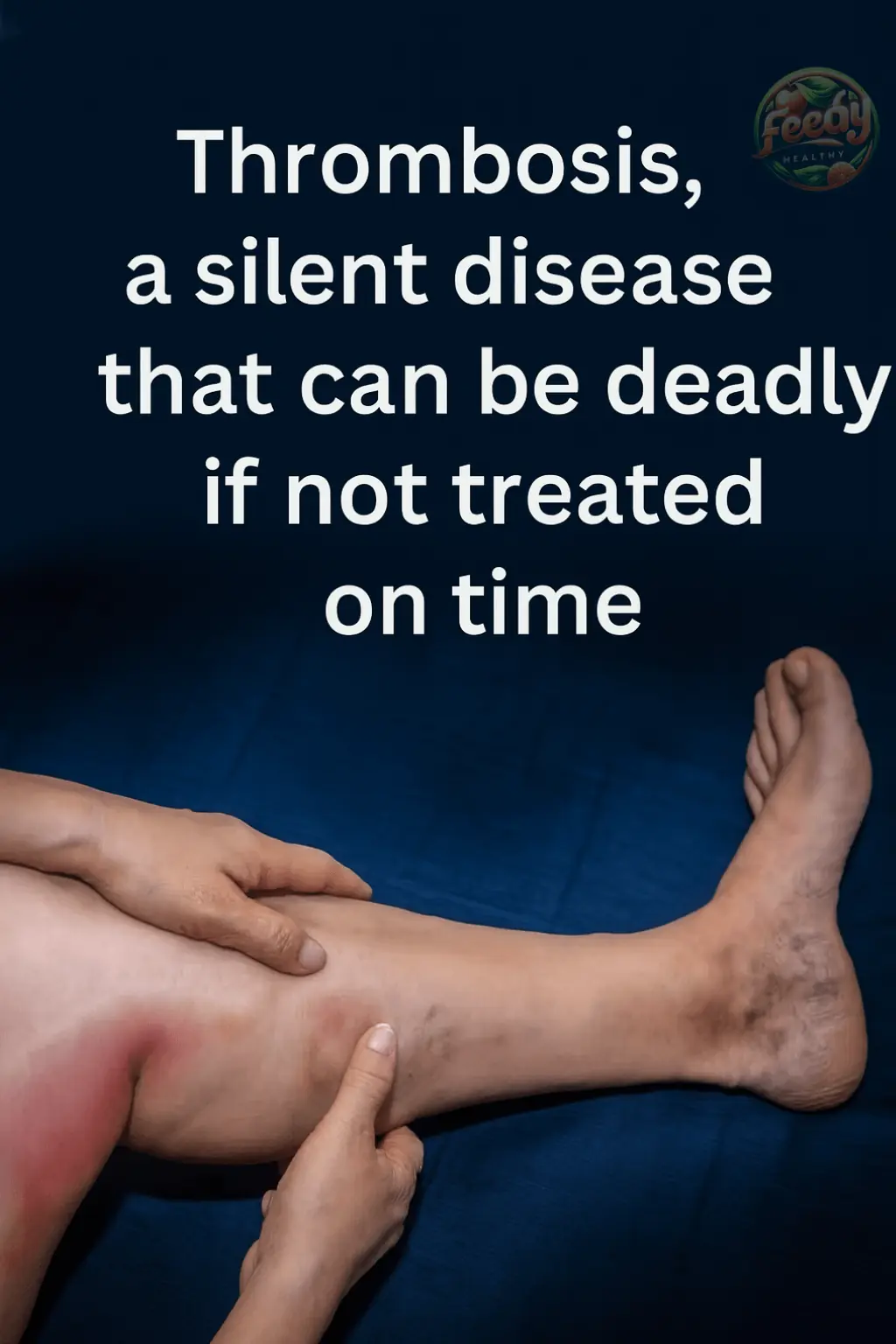
6 Best Teas to Keep Your Arteries Healthy
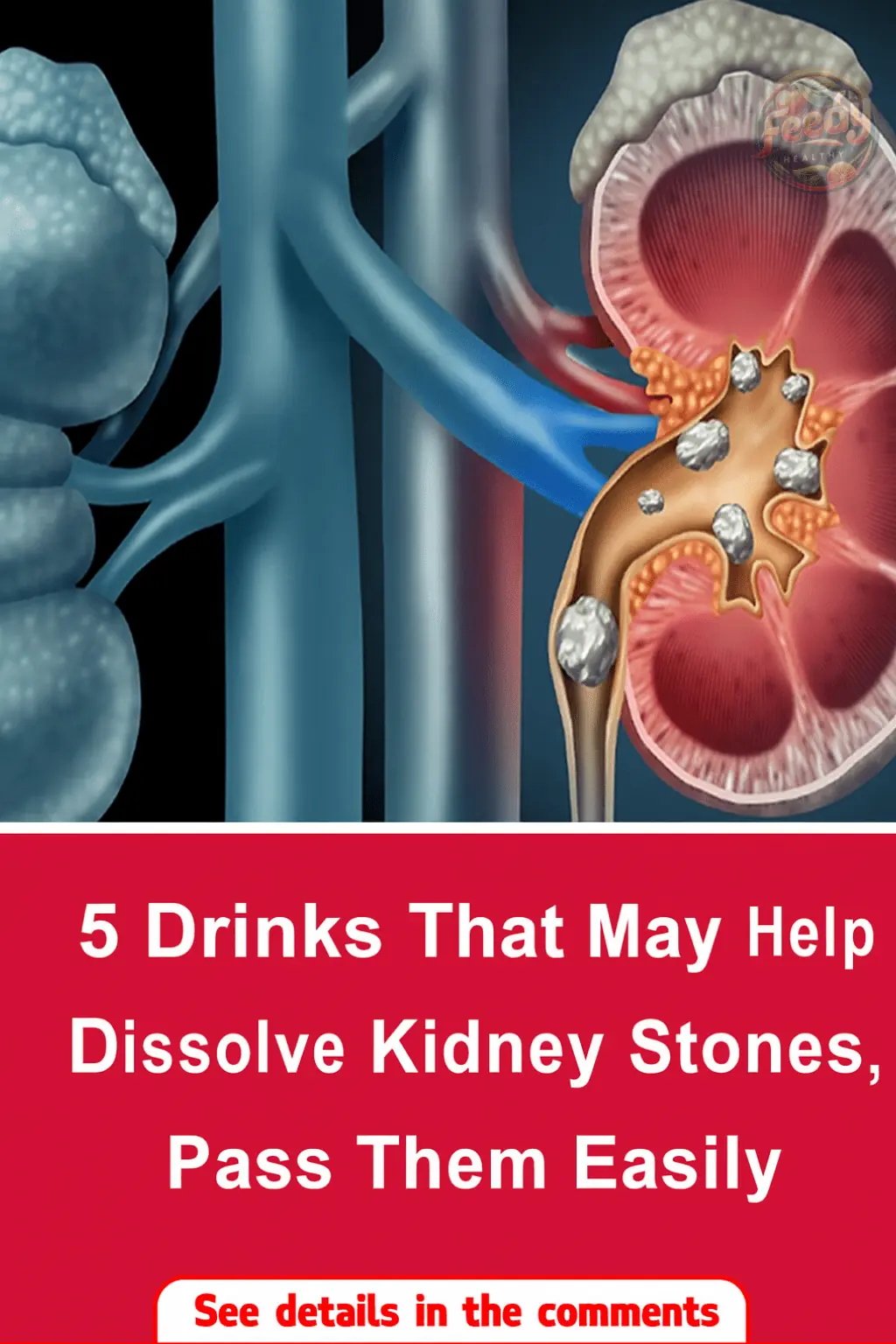
5 Drinks That May Help Dissolve Kidney Stones and Make Passing Them Easier

Learn from the Japanese: 3 Habits to Help Detox the Liver Quickly
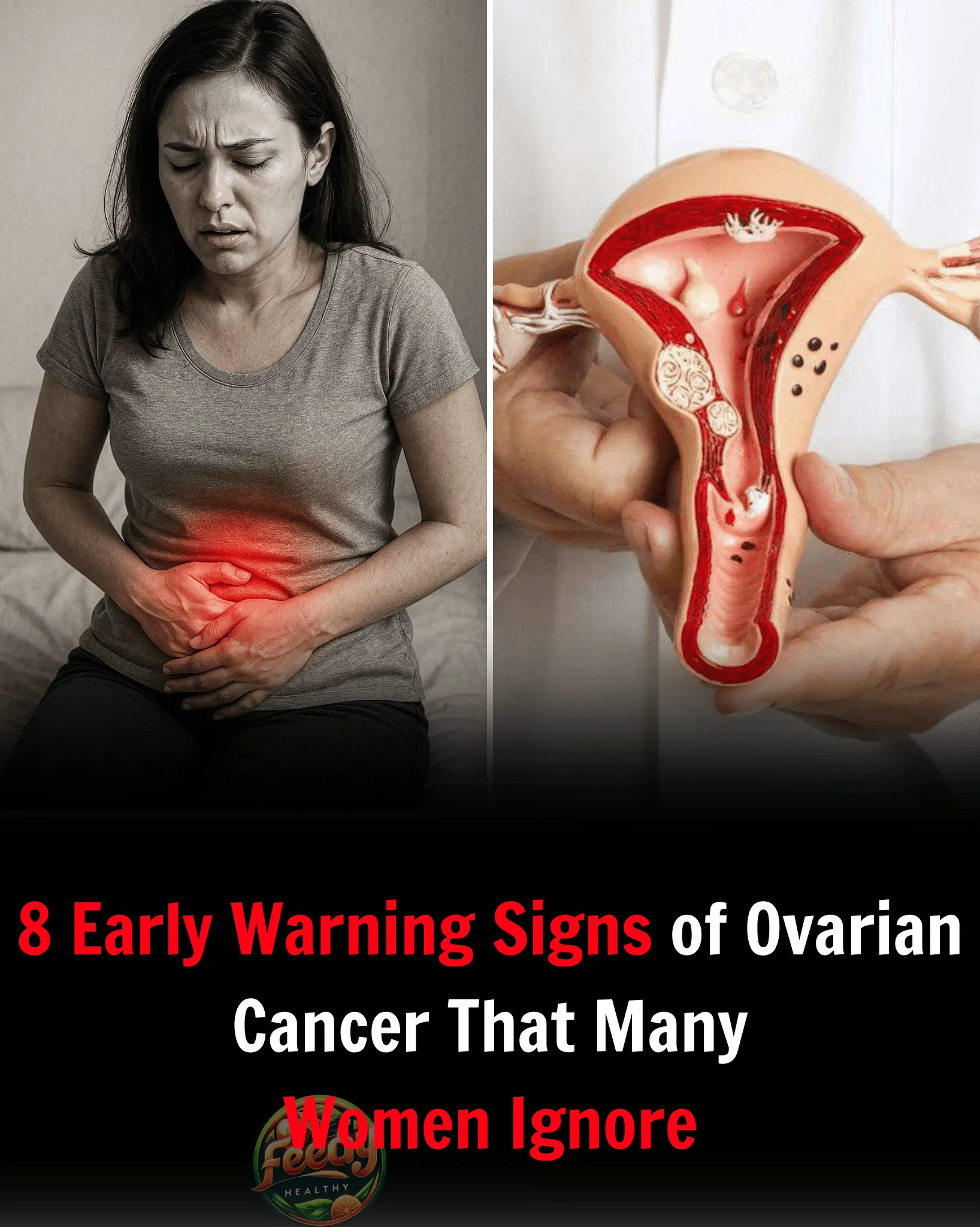
8 Early Warning Signs Of Ovarian Cancer You Shouldn’t Ignore
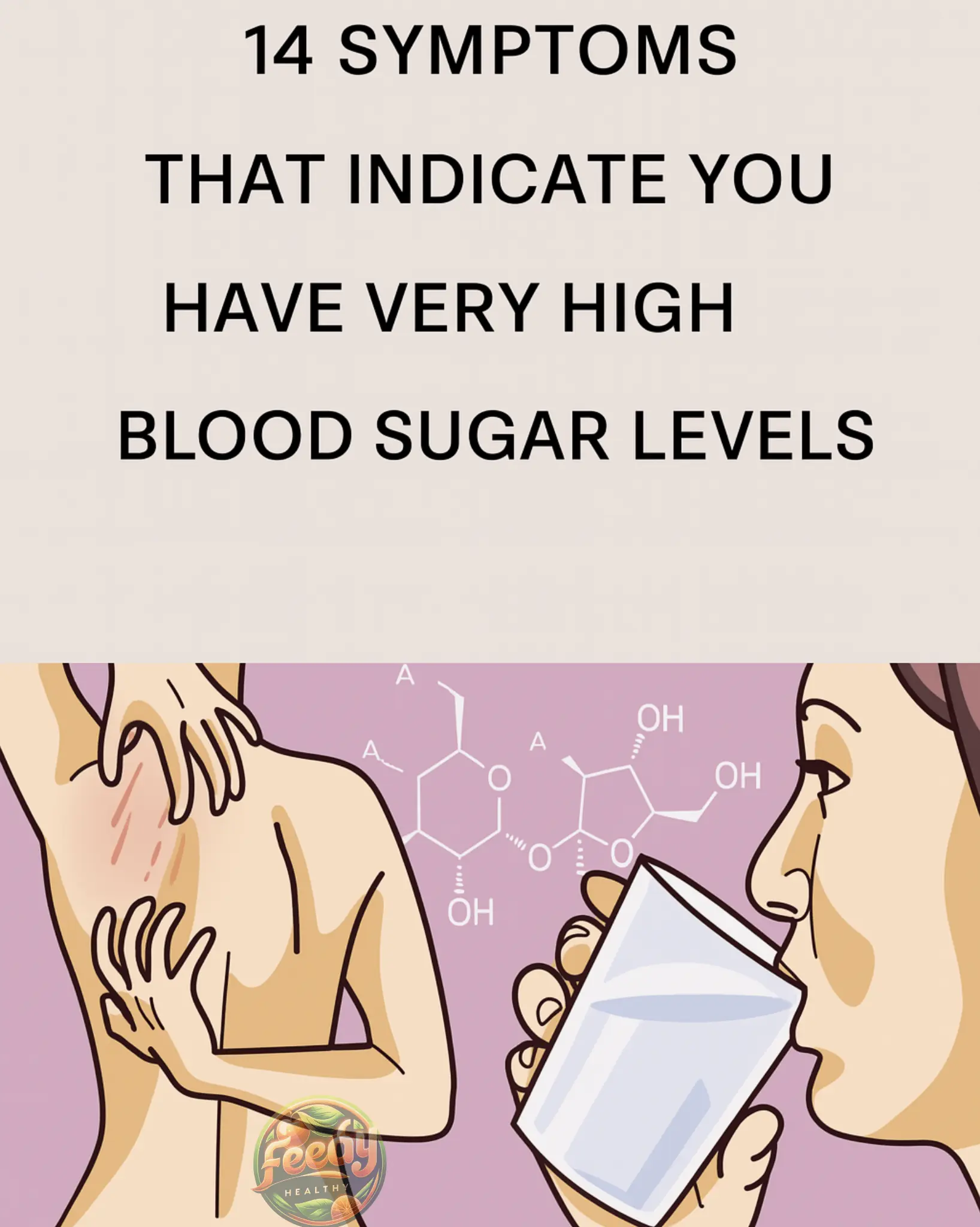
Signs That You Have Too Much Sugar in Your Blood

8 Foods You Should Be Eating to Help Kill Cancer Cells
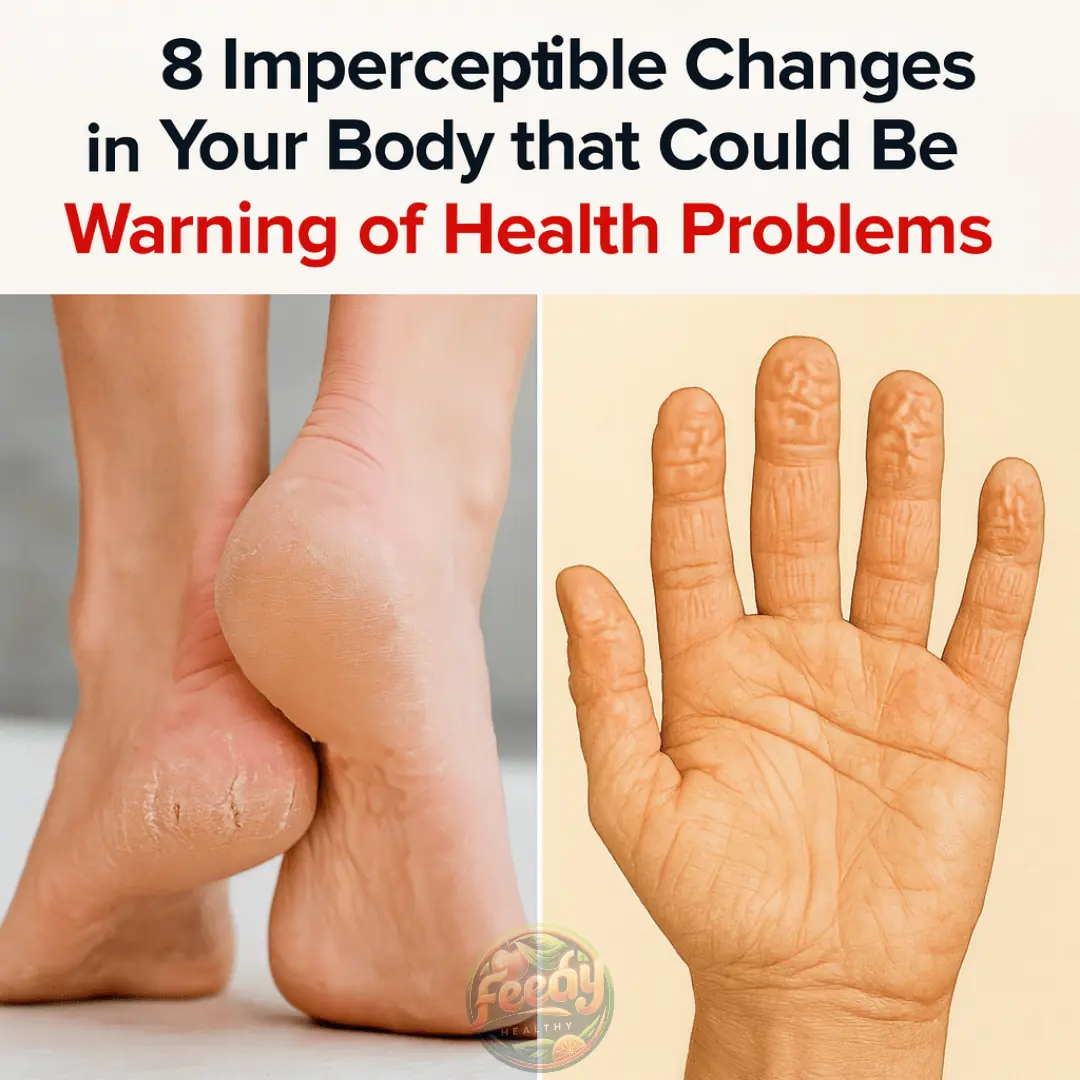
8 Imperceptible Changes in Your Body that Could Be Warning of Health Problems

People with High Blood Sugar Should Avoid Certain Foods—Watermelon? Doctor: These Are 4 Foods You Really Shouldn't Eat

He Always Thought It Was Just a Sore Throat from Talking Too Much or Cold Weather—Mr. Tran Was Devastated to Learn It Was Late-Stage Stomach Cancer
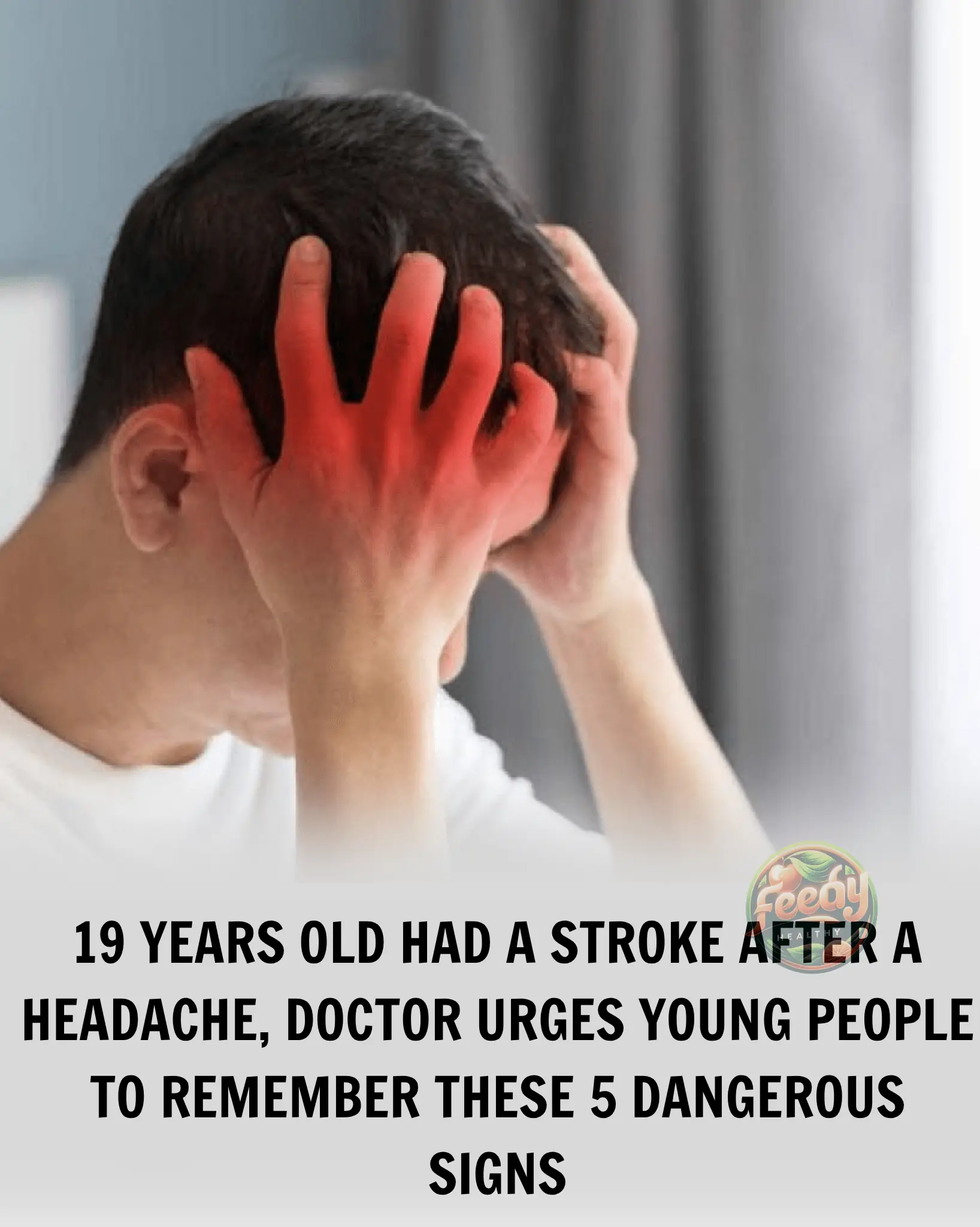
5 Warning Signs of Stroke in Young Adults

5 foods you should never keep overnight

My Mother’s Secret: Garlic Remedy for Aches and Pains
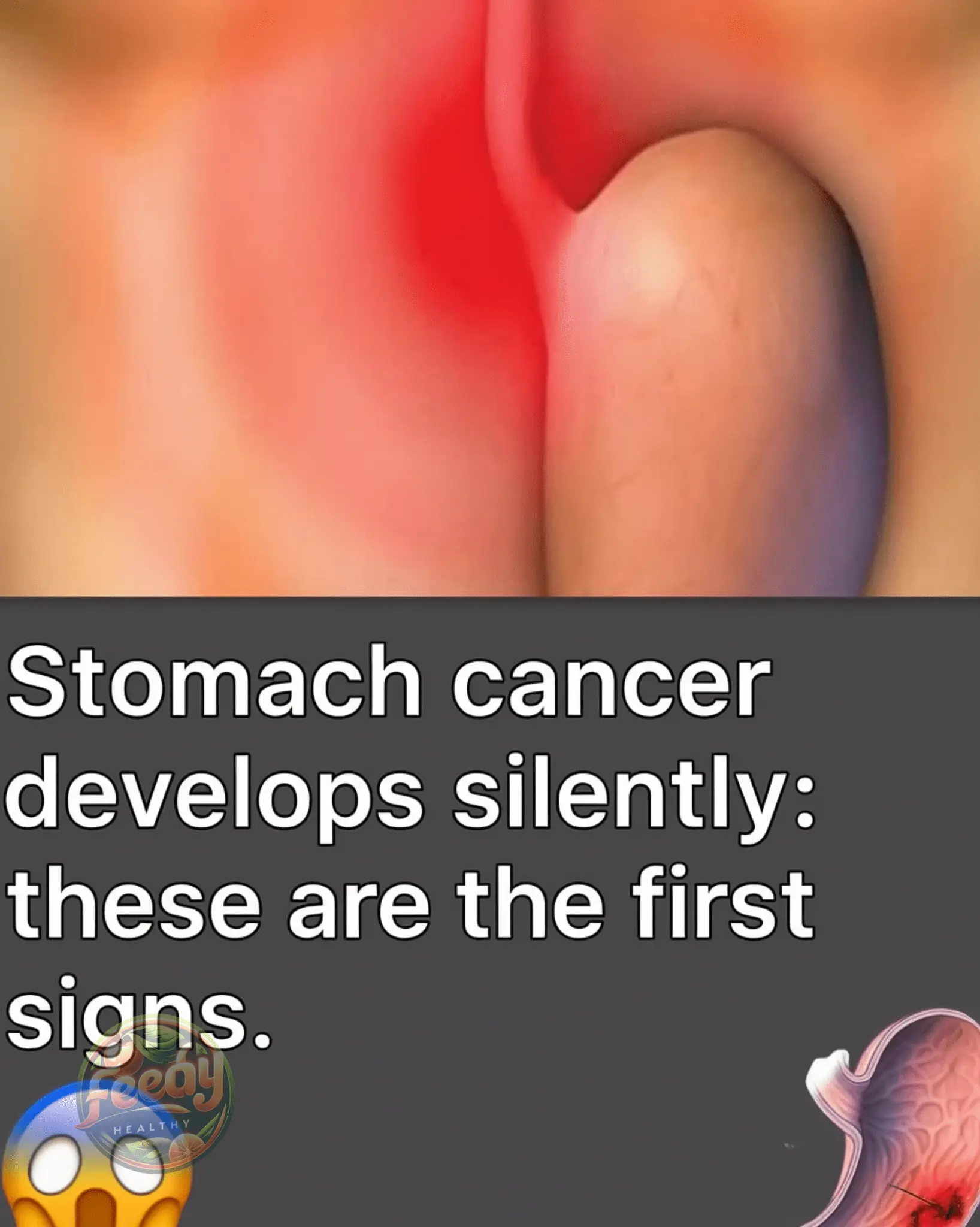
Stomach Cancer: Silent but Dangerous – Know the Early Signs
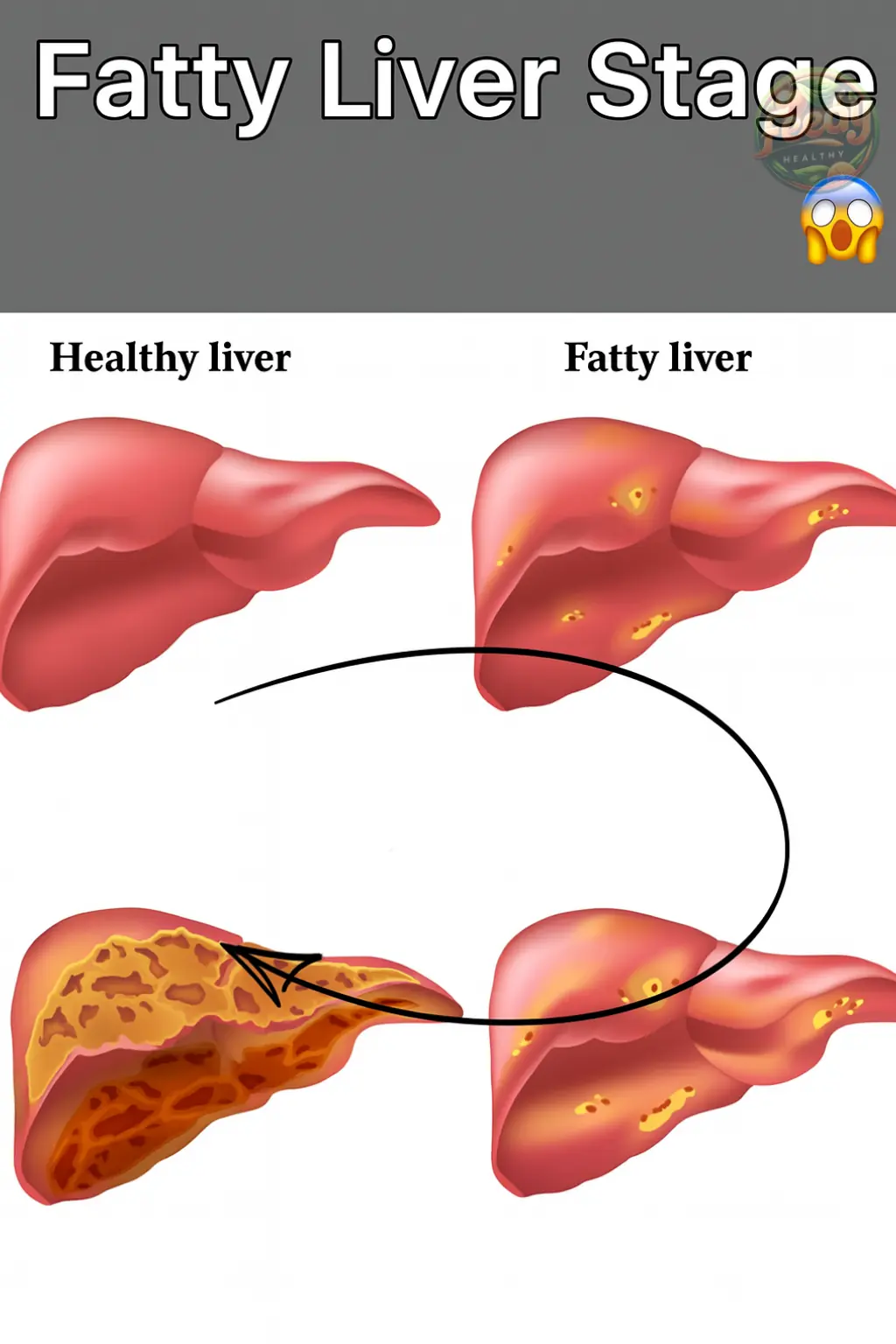
Take Care of Your Fatty Liver – Learn How to Cleanse Your Liver

Famous Writer Diagnosed with Two Types of Cancer Lived to 104: The First Two Things He Did Were More Important Than Diet

A 4-Year-Old Boy Lost His Life After Eating Boiled Eggs Improperly: A Painful Lesson for Families with Young Children
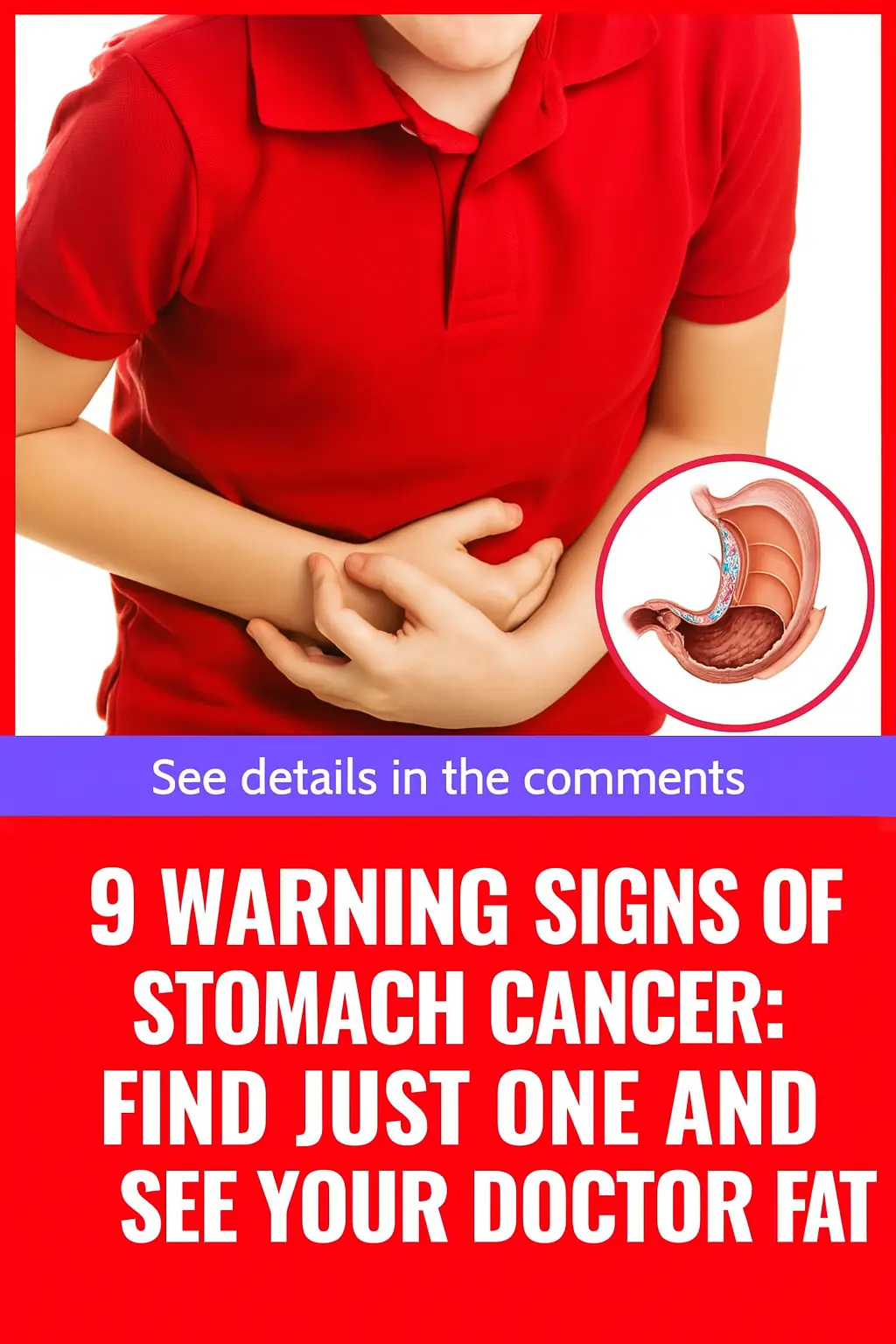
9 Early Warning Signs of Stomach Cancer: Even One Means You Should See a Doctor

Little girl who looked 8 months’ pregnant because of deadly disease is saved thanks to dad’s kidney donation
News Post

😋💕 Mini Strawberry & Chocolate Party Cakes Recipe 💕😋

💕😋 Chocolate Cheesecake Cookies Recipe 😋💕

Extreme Freakshake S’mores Milkshakes: A Decadent Dessert Experience in a Glass 😋🔥🍫

Daily Baking Soda Intake May Help Tame Autoimmune Inflammation, Study Finds

Who Would You Give Your Seat to on the Bus? Your Answer Reveals Personality Insights

Enhance Your Bladder and Prostate Health with Pumpkin Seeds! 🌿🎃

Discover the Power of Black Cumin Seed: Your Ultimate Healing Remedy! 🖤🌿

Soothe Leg Pain and Rheumatism with This Natural Remedy
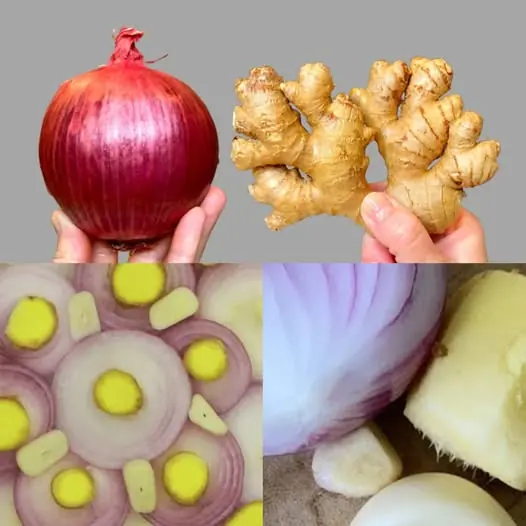
Discover the Health Benefits of Red Onion and Ginger Tonic
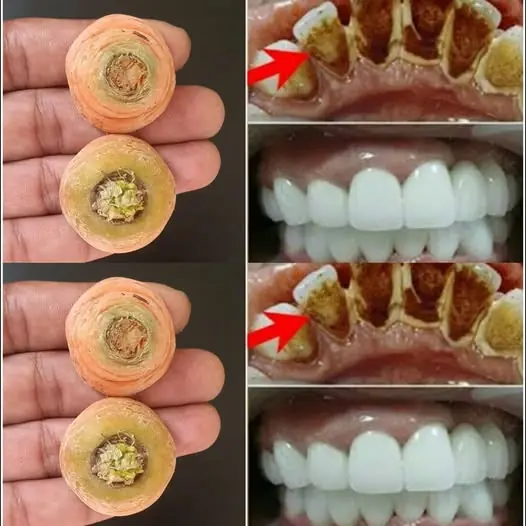
Brighten Your Smile with Carrot Tops: A Natural Home Remedy
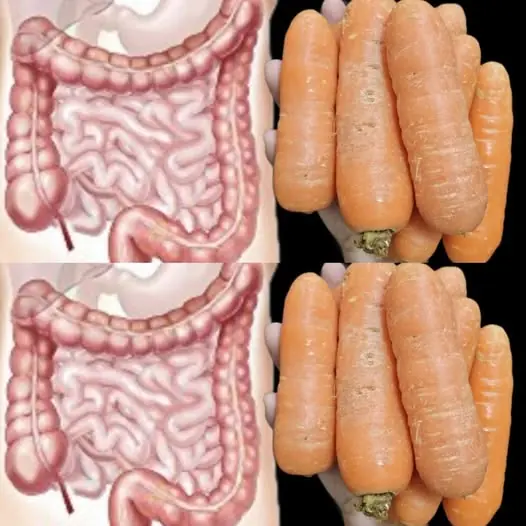
Rejuvenate Your Intestines and Liver with the 3-Day Carrot Cleanse!

Revitalize Your Body with a Refreshing Parsley and Lemon Cleanse

Walnut Tea: Unlocking the Power of Nature for Your Health

Ultimate Salted Caramel Cupcakes

Perfect Carrot Cake Cupcakes with Cream Cheese Frosting

Black Chocolate Cake

Black Sesame Red Velvet Cheesecake: A Stunning Fusion Dessert

Decadent Chocolate Mousse Cake (No-Bake Mousse on a Baked Base)
